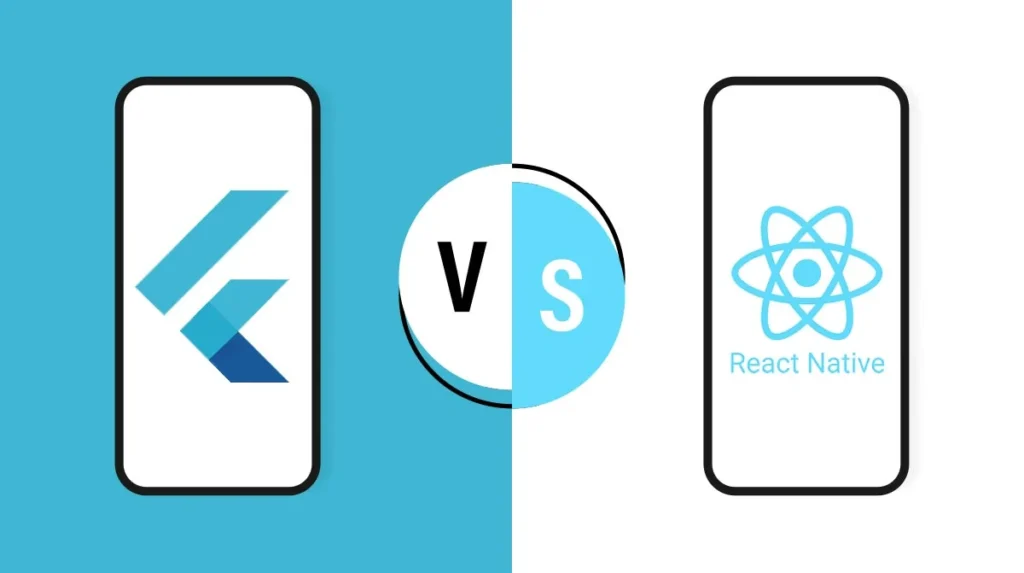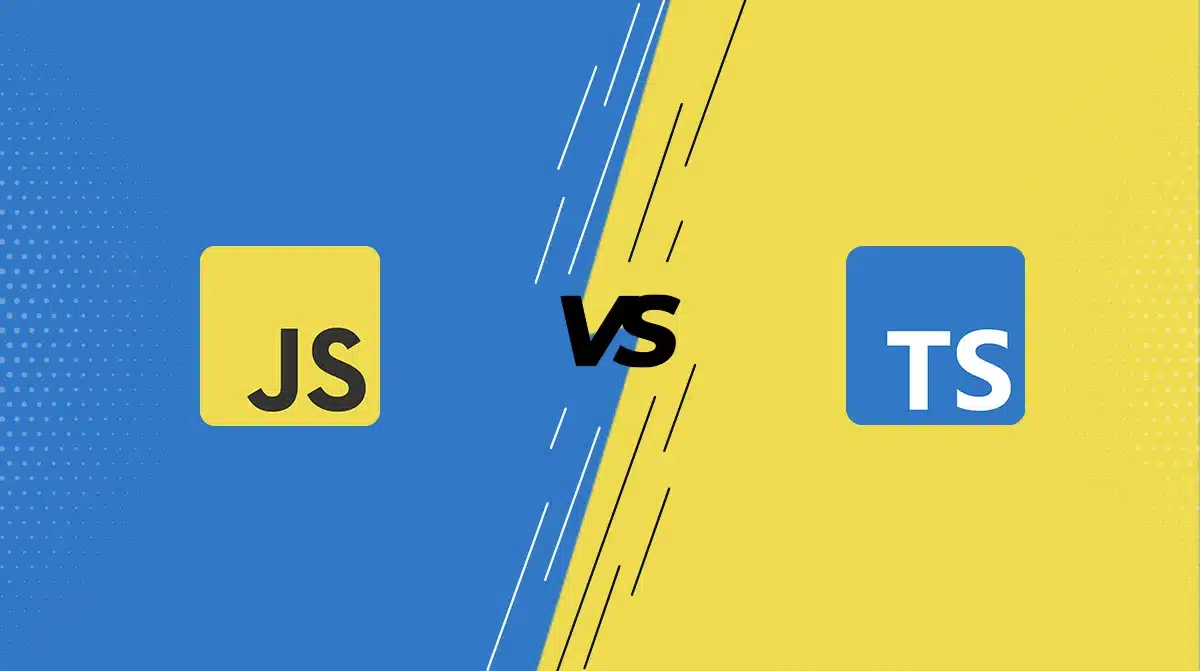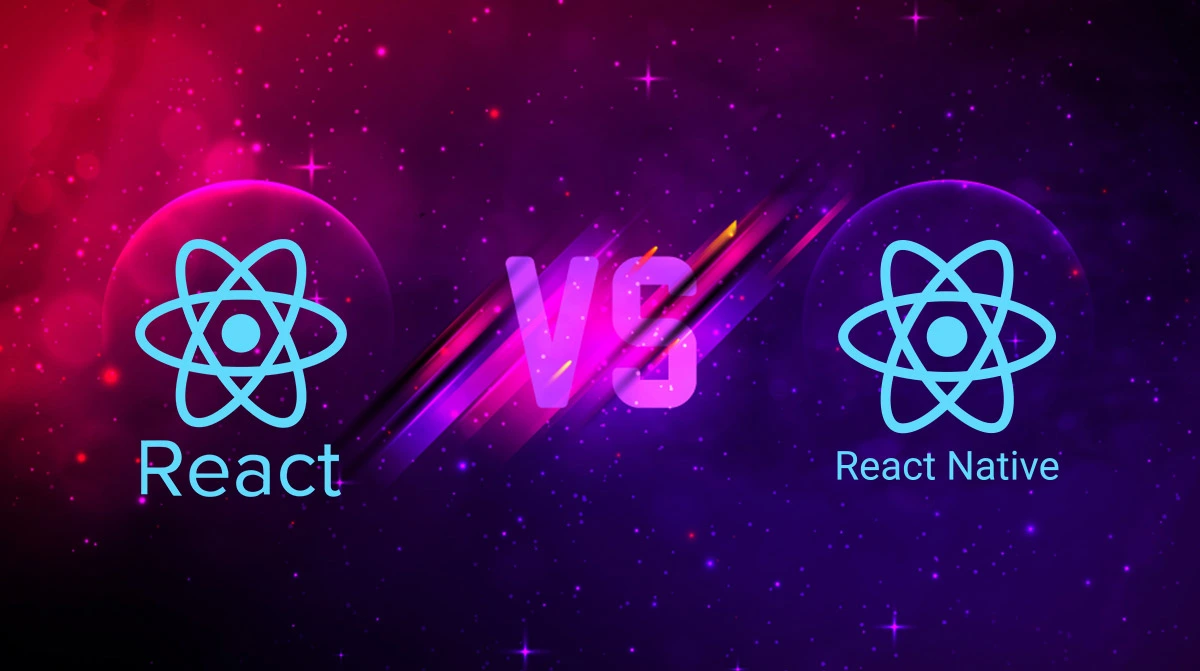Did you know that by 2023, there were over 6.8 billion smartphone users, and mobile app revenues were projected to reach $935 billion by 2024 (as per Statista)? As we move into 2025, businesses face pressure to deliver seamless mobile experiences across iOS and Android.
Enter cross-platform frameworks like Flutter and React Native, which have transformed app development by allowing developers to build high-performance, cost-effective apps with a single codebase.
With Flutter’s rapid growth (used by 46% of developers in 2023, according to SlashData) and React Native’s established ecosystem, the choice between the two is more important than ever.
In this blog, we’ll compare their features, strengths, and trade-offs, helping you make informed decisions for your projects.
Flutter: An Overview
Imagine a toolkit that lets you build apps not just for iOS and Android but also for the web and desktop—all from a single codebase. That’s Flutter, Google’s open-source UI software development kit, introduced in 2017.
Since its debut, Flutter app development services has gained immense popularity because it enables developers to craft beautiful, natively compiled applications without juggling multiple codebases.
Core Features
- Single Codebase: Thanks to Dart, Flutter enables developers to write one codebase on multiple platforms, including iOS, Android, web, and desktop.
- Hot Reload: Picture this: you tweak your app, hit save, and see the change almost instantly. That’s the magic of hot reload, which dramatically accelerates development cycles.
- Widgets Galore: Flutter comes packed with customizable widgets that not only look great but also ensure a consistent user experience.
Community & Support
Flutter’s rise wouldn’t have been possible without a vibrant community. With active support from Google, an ever-growing developer base, and tools like FlutterFlow and DartPad, the framework caters to beginners and seasoned developers alike.
Use Cases & Popular Apps Built with Flutter

You might already be using apps built with Flutter without even realizing it:
- Google Ads: Manage ad campaigns effortlessly with this user-friendly app.
- Reflectly: This beautifully designed journaling app is a prime example of Flutter’s UI capabilities.
- Alibaba: A giant in e-commerce, Alibaba leverages Flutter for its scalability and performance.
React Native: An Overview
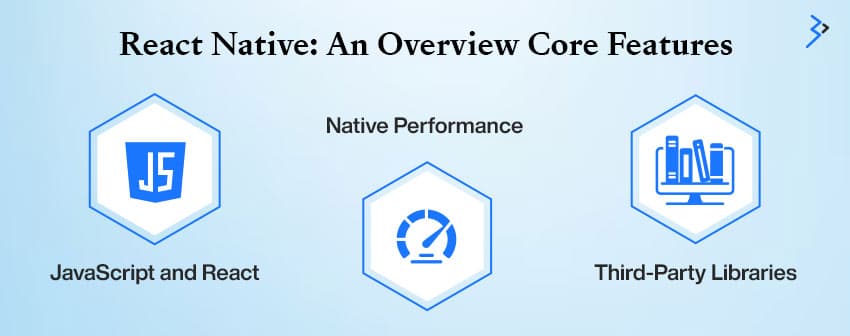
Launched by Facebook in 2015, React Native bridges the gap between web development and mobile app creation. It uses JavaScript and React to build mobile apps that feel almost native, making it an excellent choice for web developers eager to jump into mobile app development.
Core Features
- JavaScript and React: If you’re already familiar with JavaScript and React, you’ll feel right at home using React Native Development Services.
- Native Performance: It connects JavaScript to native modules, delivering performance close to native apps.
- Third-Party Libraries: Thanks to its vast ecosystem, developers can easily integrate features without starting from scratch.
Community & Support
With millions of developers and strong backing from Facebook, React Native has a thriving community with tons of resources, third-party tools, and regular updates.

Use Cases & Popular Apps
Some well-known apps built with React Native include:
- Facebook: A perfect example of React Native’s power in action.
- Instagram: Leveraging React Native to enhance features and boost performance.
- Uber Eats: React Native helps deliver the seamless experience users love.
Read More – A Comprehensive Guide to React vs React Native
Flutter vs. React Native: Comparing 5 Essential Factors
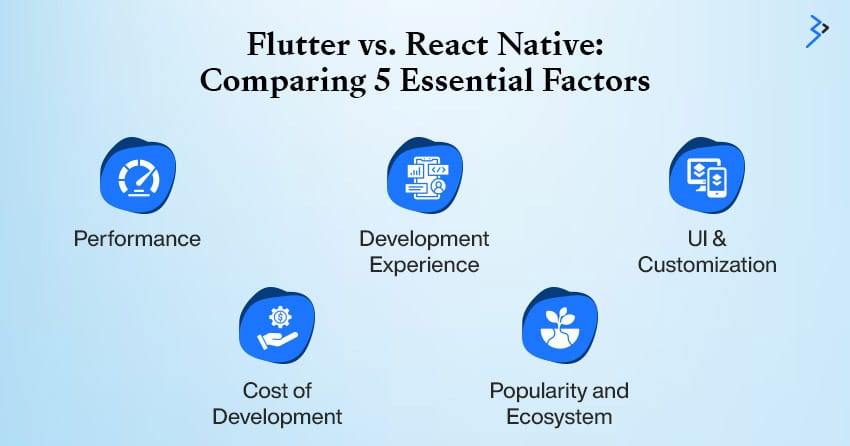
01 | Performance
Choosing the right framework often boils down to performance. Let’s analyze how well each framework handles animations, complex designs, and speed.
| Aspect | Flutter | React Native |
| Compilation | Directly compiles into native ARM code, ensuring consistent performance across platforms. Ideal for complex UIs and animations. | Relies on a JavaScript bridge to communicate with native modules. Hermes (a JavaScript engine) has improved this, but slight delays may occur in complex apps. |
| Rendering | Uses Skia, a custom rendering engine, bypassing reliance on native components. | Depends on native components for rendering, which can introduce inconsistencies across platforms. |
| Animations | Delivers smoother animations due to its self-contained rendering pipeline. | Animations are decent but can lag in highly intricate scenarios. |
| Complex UIs | Excels in maintaining performance for intricate and dynamic UI designs. | Performance can vary depending on native module integration. |
| Speed | Direct compilation makes Flutter generally faster for rendering-intensive tasks. | Optimized for most use cases, but may lag behind Flutter in high-performance demands. |
The choice between Flutter and React Native ultimately depends on the specific performance needs of your project. Complex UI? Hire a Flutter developer. A simpler app with native-like interactions? Hire a React Native developer instead.
02 | Development Experience
| Aspect | Flutter | React Native |
| Learning Curve | Uses Dart, which may be new to many, but strong documentation makes it easy to learn. | Familiarity with JavaScript and React lowers the barrier for web developers. |
| Customization | Extensive widget library allows unparalleled UI customization. | Relies on third-party libraries for advanced UI elements, providing flexibility with added effort. |
| Hot Reload | Offers seamless hot reload for real-time updates, streamlining the development process. | Includes hot reload but can encounter limitations in larger, more complex applications. |
| Ecosystem | A growing ecosystem supported by Google, with increasing community contributions. | A mature ecosystem with extensive third-party library support and a well-established developer base. |
Ultimately, your project’s requirements and your team’s expertise will guide the right choice. Whether you value design consistency or familiarity, both frameworks have robust tools to help bring your vision to life.
03 | UI & Customization
| Aspect | Flutter | React Native |
| Rendering Approach | Uses its Skia engine to render components directly, ensuring consistency across platforms. | Utilizes native UI components, delivering a platform-specific look and feel. |
| UI Consistency | Ensures uniformity across iOS and Android platforms. | Variations may arise due to reliance on native components. |
| Customization | Offers a rich library of custom widgets that are fully tailored to specific needs. | Extends functionality through third-party libraries, which may introduce inconsistencies. |
| Design Guidelines | Includes Material Design (Android) and Cupertino (iOS) widgets for platform-aligned designs. | Matches native UI conventions, providing an authentic platform feel. |
Flutter shines when uniformity and extensive customization are priorities. Meanwhile, React Native is ideal for projects emphasizing a native aesthetic. Your choice boils down to your design goals—whether you want consistent cross-platform UI or a more native-specific user experience. For businesses, collaborating with a react native app development company can offer quicker market entry and the ability to maintain a single codebase for both iOS and Android, balancing speed, cost, and user experience effectively.
04 | Cost of Development
| Aspect | Flutter | React Native |
| Efficiency | A single codebase reduces development time and costs. | Shared codebase achieves similar cost savings, though debugging might increase costs in complex projects. |
| Platform Resources | Requires less reliance on platform-specific expertise, lowering overall development effort. | JavaScript’s widespread use lowers onboarding costs, especially for teams with web development experience. |
| Debugging | Integrated tools ensure smooth debugging for cohesive projects. | Debugging can be more challenging in larger, more complex projects due to reliance on the JavaScript bridge. |
Both Flutter and React Native offer cost-effective solutions, though they achieve savings in different ways. Flutter’s holistic approach often results in faster development and lower resource dependency, making it ideal for teams seeking a streamlined process. On the other hand, React Native’s foundation in Java Development Company offers cost advantages for teams already skilled in web technologies. Your decision will depend on your team’s expertise and project requirements.
05 | Popularity and Ecosystem
| Category | Flutter | React Native | Comparison |
| Growth | Rapid adoption, bolstered by Google’s support. | Established, with steady growth over the years. | Flutter is quickly gaining momentum, but React Native has a more established presence. |
| Tools | Emerging plugins and resources, still expanding. | Mature third-party tools, libraries, and plugins. | React Native’s ecosystem is more mature, offering a wider selection of tools. |
| Community Support | Growing community, but smaller compared to React Native. | Larger, well-established community with plenty of resources. | React Native has a larger community, but Flutter’s is rapidly catching up. |
| Adoption | Increasing, with backing from Google and emerging in production apps. | Widely used in production apps across various industries. | React Native has the edge in adoption, but Flutter’s fast growth shows promising potential. |
React Native’s established ecosystem and larger community give it a solid advantage, but Flutter is rapidly catching up with its increasing adoption and strong backing from Google.
Read More – React Native vs Flutter: Which is a better Framework for Developers
Quick Summary: Flutter vs. React Native
| Factor | Flutter | React Native |
| Performance | High performance with direct compilation to native code, especially for complex UI. | Good performance, but may require optimizations for heavy UI tasks. |
| Development Experience | Smooth development with a single codebase and Dart, though Dart might have a learning curve. | Familiar for JavaScript developers, easy to pick up if you’re experienced with React. |
| UI & Customizations | Excellent for complex, custom UIs with rich animations and consistent design across platforms. | Good for native-like UI, but customization can be more challenging for complex designs. |
| Cost of Development | Typically higher due to a smaller talent pool and more specialized skills (Dart). | Lower cost for development, especially if your team is already familiar with JavaScript. |
| Popularity & Ecosystem | Rapidly growing with strong backing from Google, but has a smaller ecosystem compared to React Native. | Large, mature ecosystem with extensive third-party libraries and community support. |
Choosing the Right Framework for Your Project
Choosing the right framework for your app depends on your project’s needs and your team’s strengths. Let’s examine whether Flutter or React Native is the best fit for you.
Read More – React vs. Angular – Select The Best for Mobile App Development
When to Choose Flutter
Flutter is ideal if you need uniformity across platforms—whether for iOS, Android, or the web. If your team is familiar with Dart, you’ll have a smoother development experience. Thanks to its direct compilation to native code, it also excels in high-performance, UI-rich apps, especially for complex animations or graphics.
When to Choose React Native
If your team is familiar with JavaScript or React, React Native is the way to go. Thanks to its vast ecosystem of pre-built components, it’s great for projects that need a quick time to market. It’s also perfect for simpler apps with a native feel, offering a seamless experience without complex customizations.
Key Decision Factors
| Factor | Flutter | React Native |
| Project Complexity | Best for visually rich or complex apps. | Ideal for simpler apps or faster development. |
| Team Skills | Best for teams with Dart expertise. | Best for teams familiar with JavaScript. |
| Performance & Consistency | Offers high performance and consistent UI across platforms. | Great for fast development and easy native integration. |
Conclusion
Both Flutter and React Native have revolutionized cross-platform app development, each offering unique benefits. Flutter’s performance and consistent UI are perfect for visually rich apps, while React Native’s mature ecosystem and JavaScript familiarity make it ideal for fast development.
Whether you should hire a Flutter developer or a React Native developer depends on your project’s needs, team skills, and long-term goals. Consider factors like performance, speed, and cross-platform consistency to pick the framework that aligns with your vision.
Ready to get started? Choose the framework that will set you up for success, and let us know if you need guidance on the next steps!
FAQs
Thanks to its native compilation and rendering engine, Flutter outperforms React Native in terms of speed and UI consistency.
Yes, you can use both frameworks, Flutter and React Native, for iOS and Android apps as they both support cross-platform development with a single codebase.
Flutter’s Dart language may pose a slight learning curve, while React Native leverages JavaScript, which many developers already know.
Due to its reliance on native components, React Native may face challenges with UI consistency, whereas Flutter excels at delivering complex UIs with uniformity.
React Native has a larger, more mature community, while Flutter’s ecosystem is rapidly growing with strong Google backing.
Related Articles
-
TypeScript vs JavaScript – A Comprehensive Comparison
Choosing the correct programming language is pivotal in shaping the success of any web development project. Amidst the many options available, the debate between TypeScript and JavaScript continues to dominate
-
A Comprehensive Guide to React vs React Native
Thanks to the plethora of new-age technologies that support the modern online and app business, developers often need help figuring out which one to use in their next project. Similarly,

